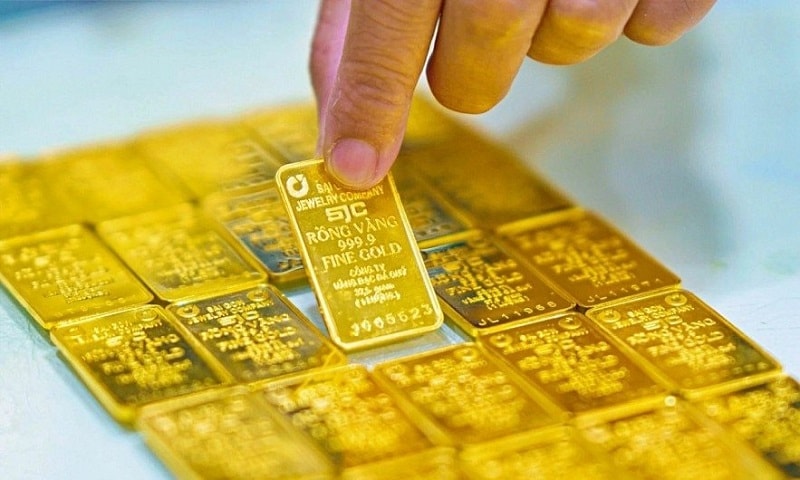Gold prices reach new high: Should we bet on the gold rush?
In an increasingly uncertain investment landscape, porfolio diversification is more crucial than ever. Instead of betting everything on a single asset class, investors are asking whether gold — amid its extended rally — deserves a place in their portfolios.

Extended Surge in Gold Prices
Gold is currently experiencing a strong and sustained upward trend — a “golden spring” for many investors. The volatile policies of former President Trump have added to global uncertainty, further enhancing gold’s appeal. Traditionally a safe haven during economic downturns, gold is now benefiting from heightened fears of recession and erratic economic conditions.
Since early April, gold has repeatedly set new record highs. According to Bank of America's April 2025 survey of global fund managers, gold has outshone other assets, emerging as a top choice, especially in the wake of Trump's retaliatory tax measures.
Historically, the US dollar and US Treasury bonds have shared the role of safe-haven assets with gold. However, concerns over domestic vulnerabilities in the US and potential sell-offs of US Treasuries by countries like Japan or China — in response to escalating trade tensions — have diminished their appeal. The US dollar has now hit a three-year low, leaving gold with little competition in the safe-haven category, reminiscent of the 1970s–1980s.
Capital Flows and Institutional Endorsement
According to Huynh Hoang Phuong, investment and financial expert, money is pouring into gold ETFs at a rapid pace. Central banks, particularly in Asia (notably China), are diversifying reserves by increasing their gold holdings. Major financial institutions like Goldman Sachs and UBS have raised their gold price forecasts multiple times. Yet, while the long-term outlook remains bullish, gold prices tend to become highly volatile in the latter half of the decade-long cycle — urging caution among investors.
Investor behavior often leans toward chasing rising assets and panic-selling underperforming ones, resulting in emotionally-driven, short-term decisions. Investment history, both globally and in Vietnam, has repeatedly shown that shifting capital from declining to “hot” assets can trap investors in the "double-loss dilemma" — one of the greatest threats to sustainable wealth-building.
In turbulent times, portfolio diversification becomes indispensable. Rather than going all-in on gold during its current surge, investors should consider strategic asset allocation to reduce systemic risks and preserve long-term performance. Adjusting asset weightings is necessary but should be done within rational limits to maintain a stable and effective portfolio — not based on market hype or herd mentality.
The key takeaway here is that diversification across different asset classes — not just within a single asset type — is essential for managing large-scale macroeconomic fluctuations.
Is a Third Super Cycle Underway?
The probability of a new gold supercycle is high, especially given the parallels in geopolitical instability and economic risks with previous cycles. Gold super cycles typically last around a decade, and the current one is now in its sixth year.
However, uncertainty is always unpredictable, and history doesn’t necessarily repeat itself. Gold often sees sharper price swings in the latter stages of a cycle, which can easily trigger a buying frenzy during price surges and panic selling during corrections. Trump's unpredictable actions further contribute to the risk of sharp pullbacks following strong rallies.
Crowd-driven decisions rarely favor inexperienced retail investors. Instead, a diversified asset allocation strategy will allow investors to take better advantage of the gold cycle — especially by capitalizing on price corrections. That way, gold can offer long-term reassurance and help investors avoid the risks observed during previous post-cycle periods (e.g., 1981–1982 and 2012–2013).








